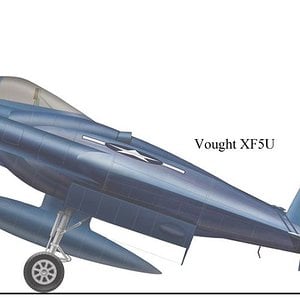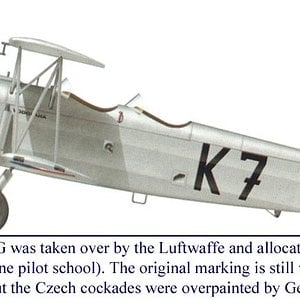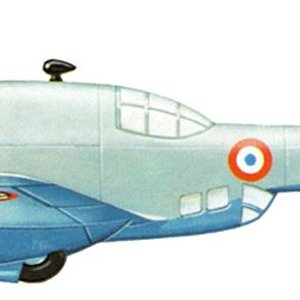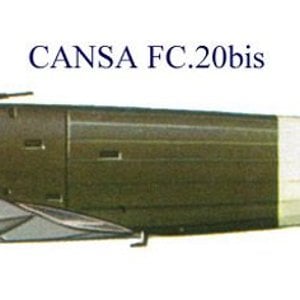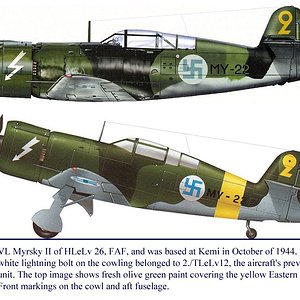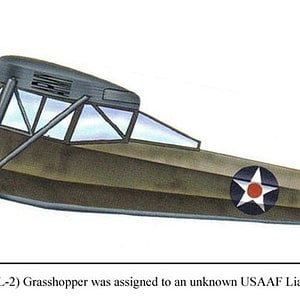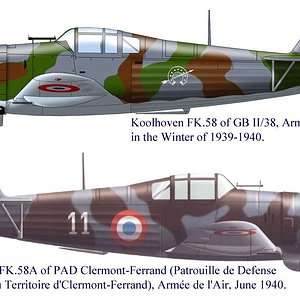Navigation
Install the app
How to install the app on iOS
Follow along with the video below to see how to install our site as a web app on your home screen.
Note: This feature may not be available in some browsers.
More options
You are using an out of date browser. It may not display this or other websites correctly.
You should upgrade or use an alternative browser.
You should upgrade or use an alternative browser.
In 1940, the aircraft firm CANSA started the work on a modern multi-purpose two-engined warplane. The basic design was to be a fast monoplane, capable of fulfilling tasks of a light tactical bomber and, depending on arming, an interceptor fighter, a long-distance escort fighter and an armoured land-based ground and sea attacker (e.g. against heavy warships).
The aircraft has been transferred to the experimental center of the Regia Aeronautica on the airport of Guidonia, where it underwent intensive tests. Idea of use of the first FC.20bis prototype has emerged in spring 1943 for high-altitude intercepting of American heavy bomber aircraft Consolidated B-24, which frequently operated over Italian skys at that time. The aircraft proved capable to reach 7500 m within half an hour, but maximum speed at this height was below that of the B-24. Besides this, the aircraft had turned out not to be stable enough on these heights and had a trend to perform a 'corkscrew' maneuvre.
The general layout of the FC.20, the heavy gun and the comparedly weak two engines, makes it look to be a possible tank hunter, a rival of the Henschel Hs 129, that fought, not without success, in Northwest Africa 1942-43. The power-to-weight ratio of the FC.20 is better than the one of the Hs 129.
Anyway, that tank hunter role looks to be the much more suitable one for the FC.20 than the one of a heavy bomber interceptor.
Profile: Spafi
http://www.spafi.org/resources/category/19
The aircraft has been transferred to the experimental center of the Regia Aeronautica on the airport of Guidonia, where it underwent intensive tests. Idea of use of the first FC.20bis prototype has emerged in spring 1943 for high-altitude intercepting of American heavy bomber aircraft Consolidated B-24, which frequently operated over Italian skys at that time. The aircraft proved capable to reach 7500 m within half an hour, but maximum speed at this height was below that of the B-24. Besides this, the aircraft had turned out not to be stable enough on these heights and had a trend to perform a 'corkscrew' maneuvre.
The general layout of the FC.20, the heavy gun and the comparedly weak two engines, makes it look to be a possible tank hunter, a rival of the Henschel Hs 129, that fought, not without success, in Northwest Africa 1942-43. The power-to-weight ratio of the FC.20 is better than the one of the Hs 129.
Anyway, that tank hunter role looks to be the much more suitable one for the FC.20 than the one of a heavy bomber interceptor.
Profile: Spafi
http://www.spafi.org/resources/category/19


